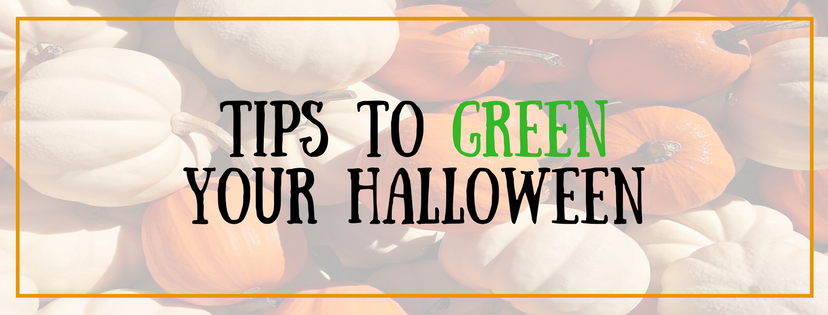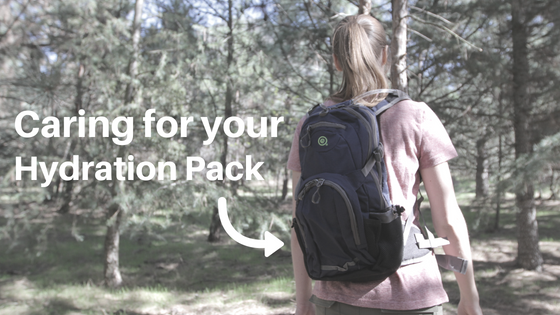Make your own costumes: Store-bought costumes can contain toxic PVC plastic parts or toxic dyes that are dangerous not only to yourself but also the environment. Instead, go to a thrift store or find secondhand clothes to make your own spooky costumes. Not only will you help to recycle clothing, but it’s a great DIY project too!
Use safe face makeup: Costume makeup can contain lead and other harmful chemicals. Choose paints that are made from all natural and organic materials. Go Green and and Natural Earth have non-toxic face paints that are also eco-friendly!
Try healthier alternatives to the traditional Halloween candy: Some candies might have artificial dyes and chemicals that are really unhealthy. However, some companies like YumEarth make candy that are actually organic and healthier. There are also non-candy options like dried fruits or roasted pumpkin seeds.
Don’t use those plastic pumpkin buckets: Although they’re popular, plastic pumpkin buckets can be made from plastics that contain harmful BPA or PVC. They also fill up landfills after Halloween since most people throw them away after one day. There are plenty of safer methods of carrying your treats such as a pillow case or reusable grocery bag.
Use all parts of your jack-o-lantern: If you’re carving pumpkins this year, don’t throw away the seeds! Roast them to make a yummy snack for yourself or trick-or-treaters, or use them for compost.
Walk, don’t drive: When trick-or-treating, walk around your neighborhood instead of driving. Not only do you save gas and get exercise, but you also reduce harmful car emissions in the environment.
Donate your costumes after Halloween: Some places can use your costume parts if you don’t plan on reusing them. Your local theater or school might be able to use a vampire cape for an upcoming play, so check with them before you throw your costumes away.




Leave a comment
This site is protected by hCaptcha and the hCaptcha Privacy Policy and Terms of Service apply.